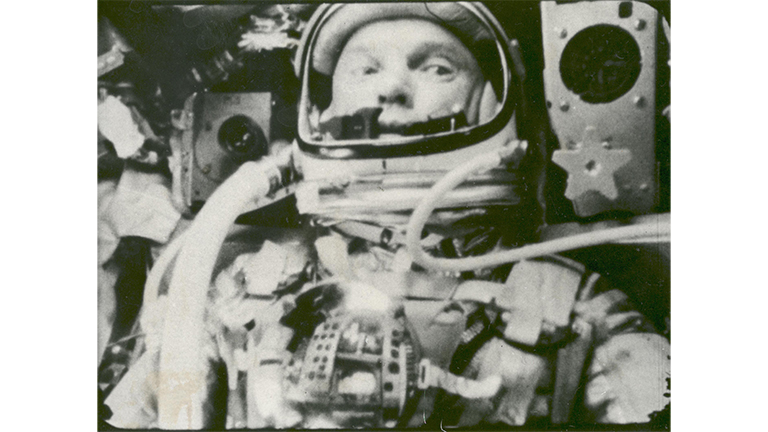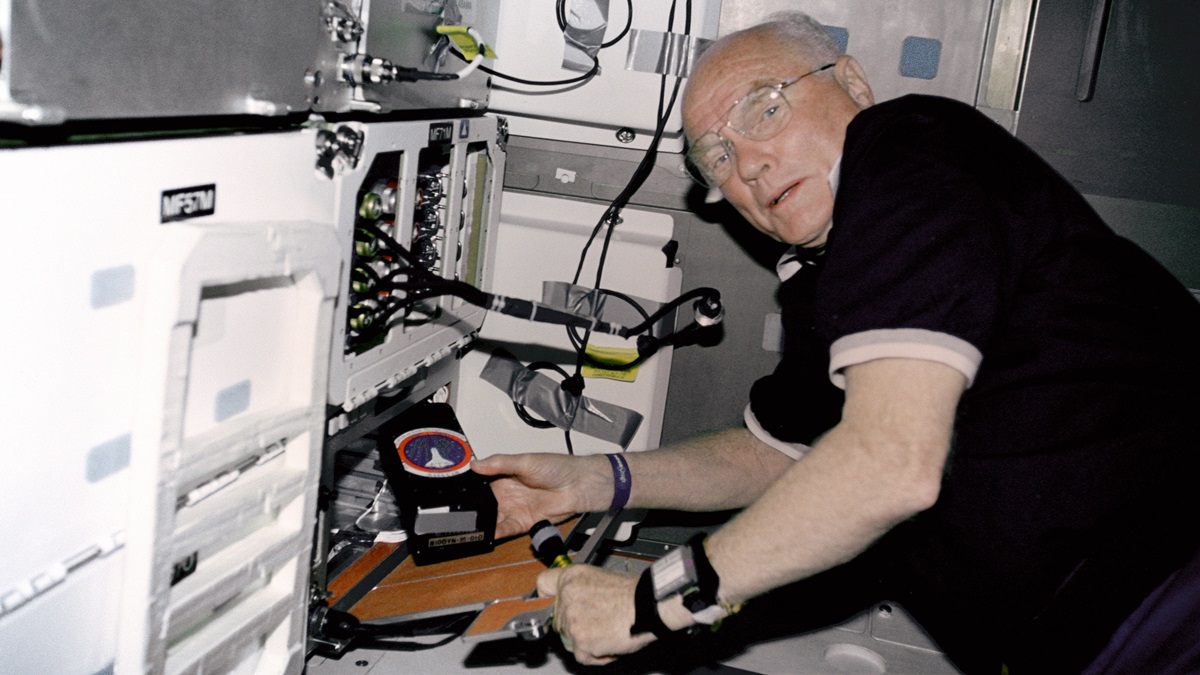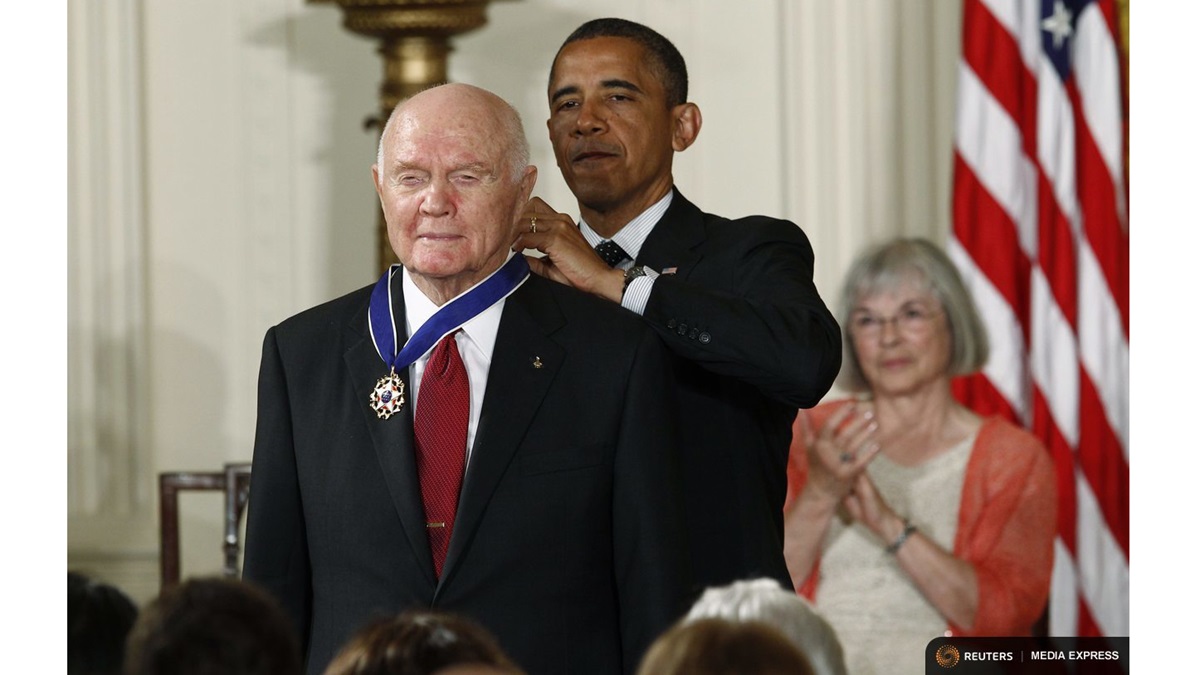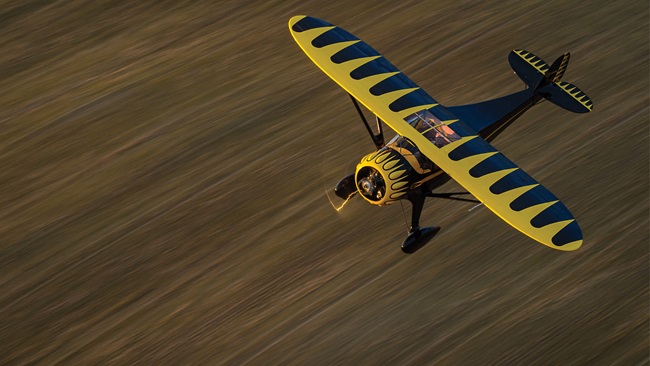Astronaut John Glenn dies at 95
First American in orbit, decorated pilot, senator
John Glenn, who captured the nation’s imagination and became a hero for the ages in 1962 as the first American to orbit the Earth, and who was the last surviving Mercury astronaut, died Dec. 8 at age 95. His death was announced by Ohio Gov. John Kasich on social media. Tributes began to flow within minutes.
Glenn was one of very few American aerospace pioneers whose feats made them household names for generations, comparable in that regard to Charles A. Lindbergh or the Wright brothers. His Friendship 7 mission on Feb. 20, 1962, lasted five hours, but its impact inspired millions.
Glenn was already a decorated war hero by the time, at age 40, he climbed aboard the tiny capsule that would hurtle him into history. He took flying lessons while studying chemistry at Muskingum College in his Ohio home town. After the Dec. 7, 1941, attack on Pearl Harbor, he signed up for the Naval Aviation cadet program and would later join the Marine Corps. He flew 59 combat missions in the Pacific, earning two Distinguished Flying Crosses, and other decorations. Glenn flew another 90 combat missions (and earned more decorations) during the Korean War, and later served as a test pilot. Another of Glenn’s firsts was piloting the first supersonic, transcontinental flight in 1957.
Glenn resisted being called a “hero,” as The Times noted, quoting Glenn’s thoughts on the subject from an interview conducted years after the historic space mission: “I figure I’m the same person who grew up in New Concord, Ohio, and went off through the years to participate in a lot of events of importance,” Glenn said. “What got a lot of attention, I think, was the tenuous times we thought we were living in back in the Cold War. I don’t think it was about me. All this would have happened to anyone who happened to be selected for that flight.”
John Herschel Glenn Jr. was born July 18, 1921, the son of a railroad conductor who also owned a plumbing business, and the former Clara Sproat. The family moved to New Concord, a town with a population of little more than 1,000 people, a few years later. Glenn would later say that growing up in that small town helped instill his deep sense of patriotism, and a desire to serve his country.
After his best-known service as one of the nation's original astronauts, Glenn was not allowed to return to space for many years. Kennedy feared the consequences of the now-iconic astronaut being lost in an accident. Glenn left NASA in 1964 and continued his distinguished career in private industry, then public office, representing Ohio in the U.S. Senate from 1974 through Jan. 3, 1999. Toward the end of his tenure in congress, he had one last space shot, on Oct. 29, 1998. Glenn, then 77, was aboard the space shuttle Discovery as it launched from Cape Canaveral before cheering crowds.
“Mr. Glenn’s return to space in 1998 drew criticism. But the new-old astronaut was not to be denied, and his heroic image, and reawakened memories of the early space age, attracted launching crowds on a scale not seen since astronauts were flying to the moon,” wrote John Noble Wilford in his obituary published by The New York Times.
Glenn is survived by his wife of 73 years, Anna, whom he always called “Annie,” as well as two children, and two grandsons.
A pilot through and through, Glenn was a longtime AOPA member who flew his Beechcraft Baron until very late in life. In 2012, shortly before the fiftieth anniversary of Friendship 7, a Times reporter came calling on the then-90-year-old Glenn and found the retired senator and astronaut with a sharp, clear mind, regretting he had sold the airplane the month before. Glenn made very clear to that reporter that his pilot certificate remained valid.















